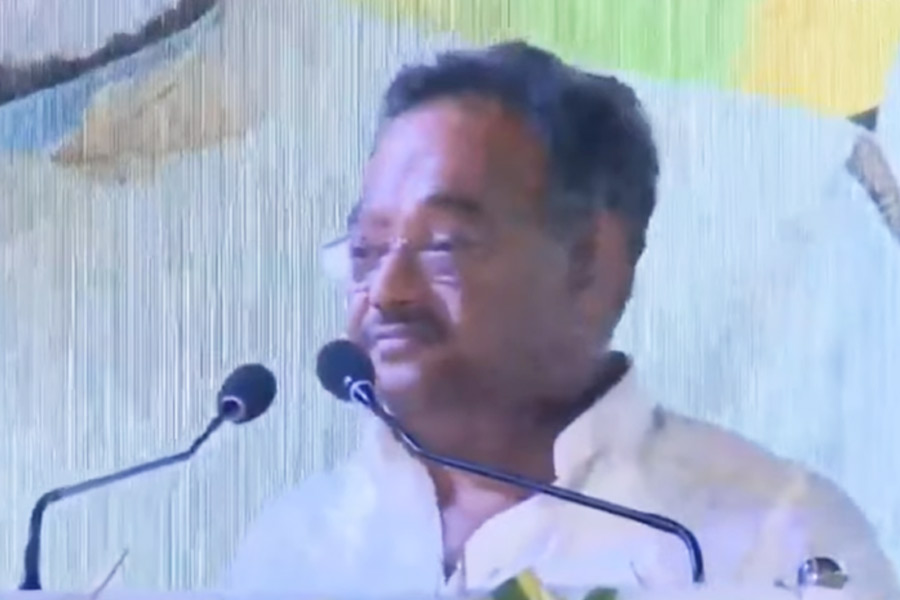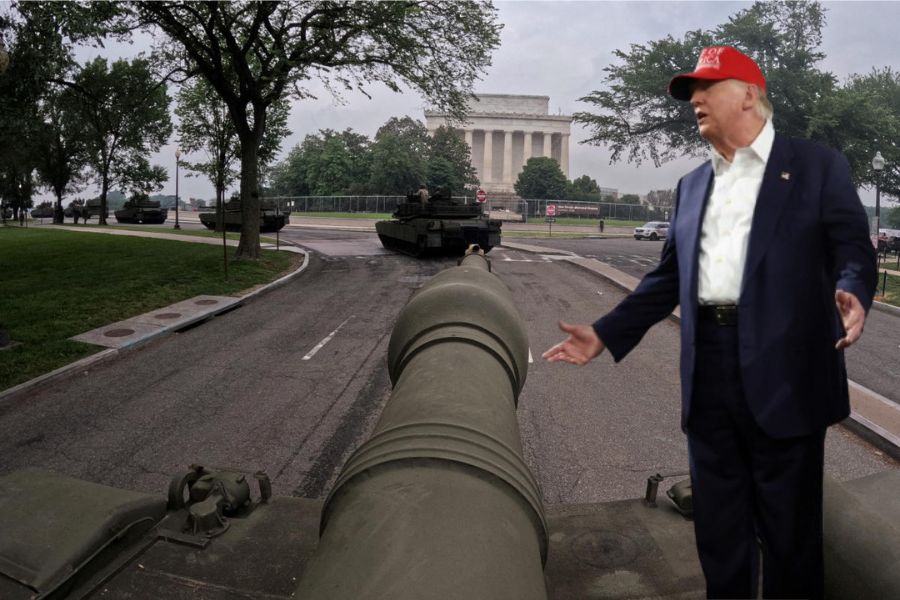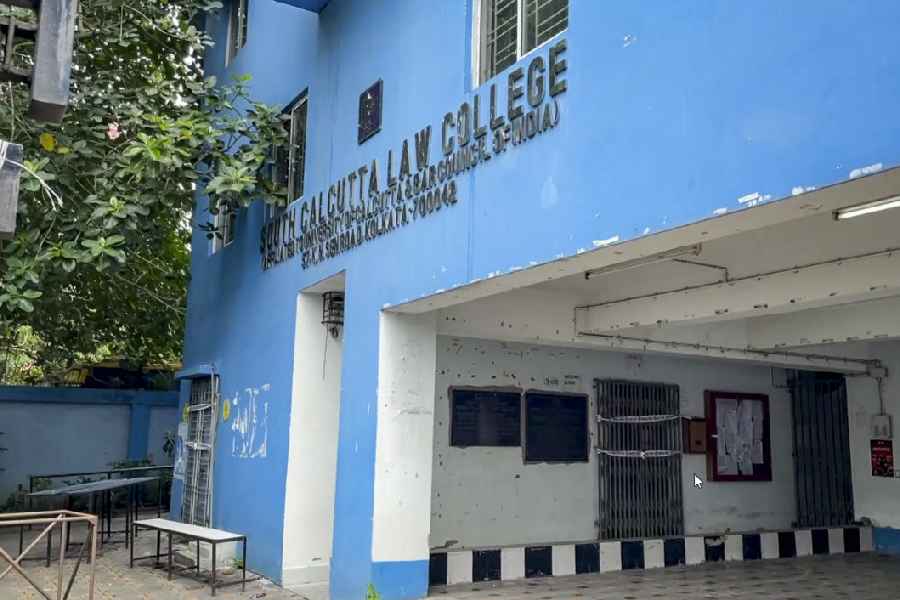Alipurduar, Dec. 15: Infrared digital cameras will be placed in the Buxa Tiger Reserve to take pictures of big cats without disturbing animals at night.
Ten analogue cameras are currently kept camouflaged at different locations of the reserve, though not a single picture of the tiger has been clicked till now.
“We will get infrared digital cameras from the National Tiger Conservation Authority in January to click big cats. They will replace the 10 analogue cameras, whose flash disturbs animals at night. Although the analogue cameras are camouflaged, two of them have been damaged by elephants,” said R.P. Saini, the field director of the reserve.
“The advantages of the infrared digital cameras are that they can click pictures without flash at night and don’t need films. These cameras are very costly and imported from the US,” he added.
A census conducted in March has found that the reserve has 15 tigers. Scats of tigers were collected during the count and were sent to a lab run by NGO, Aranyak, in Guwahati, and the Centre for Cellular and Molecular Biology at Dehradun for DNA analysis.
“In its report, Aranyak has said there are at least 15 tigers in the reserve. The Dehradun centre has also arrived at almost the same conclusion after analysing the scat samples,” said the field director.
In March, an officer of Chuniajhora beat had taken the photograph of a sub-adult tiger for the first time in the reserve. Otherwise, the foresters had only the results of the scat analysis to claim the presence of tigers in the Buxa forest.
The forest department has also plans to improve the habitat of the tiger.
“Teaks will be chopped down on 100 hectares to develop grassland, where herbivores coming to graze would become food for the big cats. If the grazing is developed, tigers will be spotted at a close distance. We also submitted a proposal to the chief wildlife warden to send at least 50 spotted deer from different rescue centres to Buxa,” said Saini.










